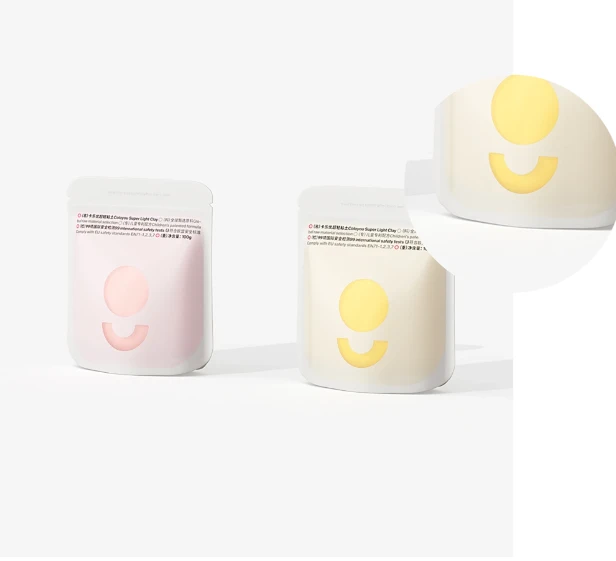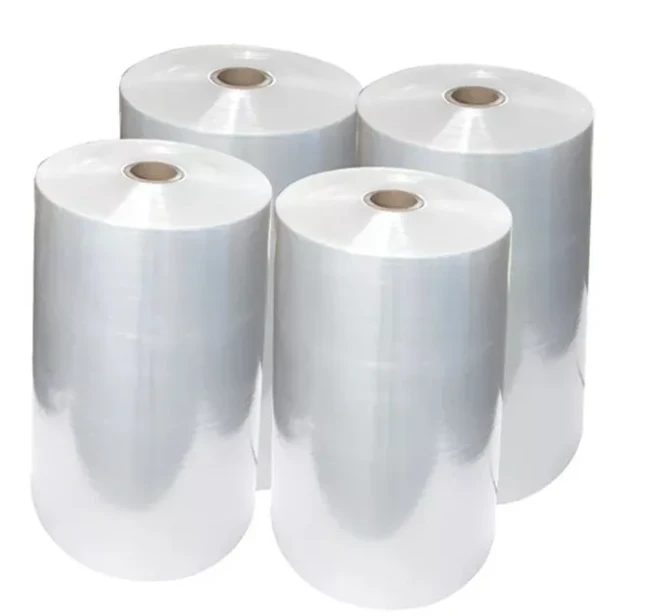- Afrikaans
- Albanian
- Amharic
- Arabic
- Armenian
- Azerbaijani
- Basque
- Belarusian
- Bengali
- Bosnian
- Bulgarian
- Catalan
- Cebuano
- chinese_simplified
- chinese_traditional
- Corsican
- Croatian
- Czech
- Danish
- Dutch
- English
- Esperanto
- Estonian
- Finnish
- French
- Frisian
- Galician
- Georgian
- German
- Greek
- Gujarati
- haitian_creole
- hausa
- hawaiian
- Hebrew
- Hindi
- Miao
- Hungarian
- Icelandic
- igbo
- Indonesian
- irish
- Italian
- Japanese
- Javanese
- Kannada
- kazakh
- Khmer
- Rwandese
- Korean
- Kurdish
- Kyrgyz
- Lao
- Latin
- Latvian
- Lithuanian
- Luxembourgish
- Macedonian
- Malgashi
- Malay
- Malayalam
- Maltese
- Maori
- Marathi
- Mongolian
- Myanmar
- Nepali
- Norwegian
- Norwegian
- Occitan
- Pashto
- Persian
- Polish
- Portuguese
- Punjabi
- Romanian
- Russian
- Samoan
- scottish-gaelic
- Serbian
- Sesotho
- Shona
- Sindhi
- Sinhala
- Slovak
- Slovenian
- Somali
- Spanish
- Sundanese
- Swahili
- Swedish
- Tagalog
- Tajik
- Tamil
- Tatar
- Telugu
- Thai
- Turkish
- Turkmen
- Ukrainian
- Urdu
- Uighur
- Uzbek
- Vietnamese
- Welsh
- Bantu
- Yiddish
- Yoruba
- Zulu
sustainable packaging supplies
Sustainable Packaging Supplies A Step Towards Environmental Responsibility
In recent years, the conversation around sustainability has gained significant momentum, prompting businesses and consumers alike to reassess their practices in various sectors, including packaging. Sustainable packaging supplies are at the forefront of this initiative, aiming not just to reduce waste but also to promote a holistic approach towards environmental responsibility. As awareness grows, so does the demand for sustainable packaging materials that align with ecological preservation while still fulfilling the needs of businesses and consumers.
What is Sustainable Packaging?
Sustainable packaging refers to the use of materials and processes that have a minimal impact on the environment throughout the product's life cycle. This includes sourcing, production, transportation, and disposal. The focus is on reducing waste, lowering carbon footprints, and utilizing renewable resources. Sustainable packaging materials can include biodegradable plastics, recycled cardboard, plant-based materials, and innovative designs that minimize the need for excess packaging.
The Need for Sustainable Packaging Supplies
The statistics surrounding packaging waste are alarming. According to the World Economic Forum, around 300 million tons of plastic are produced each year, with a significant portion of that ending up in landfills and oceans. The detrimental effects of plastic pollution are evident, harming wildlife and ecosystems while posing health risks to humans. The shift towards sustainable packaging supplies is not merely a trend; it’s an urgent necessity for mitigating these impacts.
Moreover, consumers are becoming increasingly conscious of their purchasing habits. A recent study revealed that over 70% of consumers are willing to pay more for products that come in sustainable packaging. This paradigm shift creates a dual incentive for businesses adopting sustainable practices not only benefits the environment but can also enhance brand loyalty and market competitiveness.
Examples of Sustainable Packaging Materials
There are several innovative materials emerging in the realm of sustainable packaging. Here are a few notable examples
sustainable packaging supplies

1. Biodegradable Plastics Unlike traditional plastics, which can take hundreds of years to decompose, biodegradable plastics can break down naturally within a few months under the right conditions. These materials are often derived from renewable resources such as cornstarch or sugarcane.
2. Recyclable Paper and Cardboard Utilizing recycled content is a step towards sustainability. Recyclable paper and cardboard can be repurposed multiple times without degrading in quality. By incorporating recycled materials into packaging, companies can significantly reduce the demand for virgin resources.
3. Mushroom-Based Packaging An innovative solution gaining traction is packaging made from mycelium, the root structure of mushrooms. This material is fully biodegradable, compostable, and can be produced using agricultural waste, making it an eco-friendly alternative to polystyrene foams.
4. Plant-Based Materials Packaging made from renewable sources such as bamboo, hemp, and other plant fibers can provide strength and durability while minimizing environmental impact. These materials are often compostable and can return nutrients to the soil once disposed of correctly.
The Future of Sustainable Packaging
The future of sustainable packaging supplies looks promising, with ongoing advancements in technology and material science. Companies are increasingly investing in research and development to create new sustainable options that align with the evolving demands of consumers. Additionally, regulatory pressures and initiatives aimed at reducing plastic waste are encouraging companies to rethink their packaging strategies.
However, the transition to sustainable packaging is not without challenges. Businesses must consider cost implications, supply chain logistics, and consumer education in the process. It is essential for companies to communicate the benefits and importance of sustainable packaging to their customers, encouraging a collective effort towards environmental stewardship.
Conclusion
Sustainable packaging supplies represent a vital shift towards a more environmentally responsible future. By prioritizing eco-friendly materials and practices, businesses can play a significant role in protecting our planet while also meeting the desires of conscientious consumers. As the landscape of packaging continues to evolve, it is crucial for all stakeholders to embrace this change, fostering a culture of sustainability that benefits both the economy and the environment. Every small step toward sustainable packaging is a stride toward a healthier planet for future generations.













